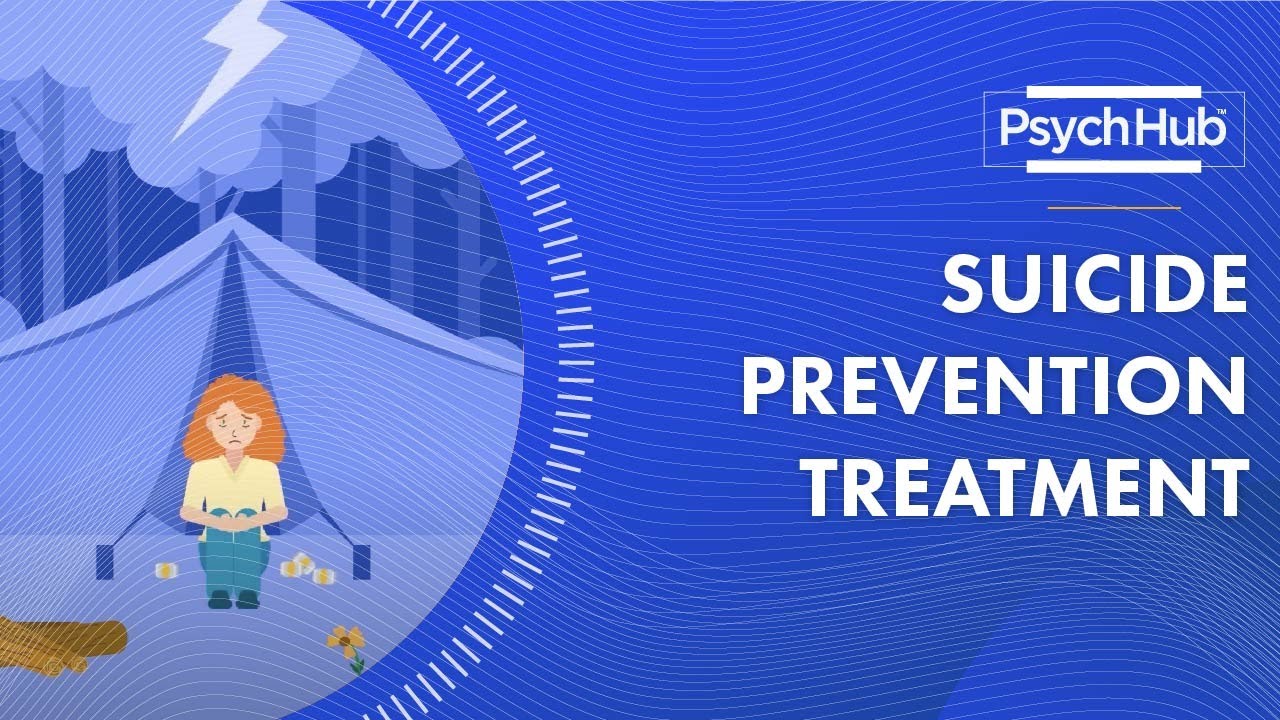Suicide prevention is an urgent and profound responsibility that we must all engage in. To truly tackle this devastating issue, we need a comprehensive understanding of both the problem and the strategies that can mitigate it. According to the World Health Organization (WHO), over 800,000 people die due to suicide each year—a staggering statistic that equates to one person every 40 seconds. This immense loss leaves scars on families, friends, and communities worldwide, underscoring the dire need for effective prevention methods.
Understanding the Magnitude of Suicide Prevention
Delving deeper into the stark realities, it’s clear why urgent action is required. The ripple effects of suicide reverberate far beyond the immediate victim, creating waves of grief and trauma among loved ones. By identifying the magnitude and root causes of the issue, we can position ourselves to combat it with more precision and empathy.
Top 7 Suicide Prevention Strategies in 2024
The good news is that many strategies have been proven successful in reducing suicide rates. Here are seven of the most effective suicide prevention strategies for 2024:
In-Depth Analysis and Data
A closer look at these strategies confirms their efficacy. For example, the UK’s “CALM” (Campaign Against Living Miserably) helpline has shown its worth by targeting high-risk groups, significantly reducing suicide rates among young men by 15% in just two years.
Moreover, integration models like the University of Michigan’s UMatter initiative combine multiple strategies such as telehealth, integrated mental health services, and peer support networks. The result? A 40% increase in student engagement with mental health services on campus, demonstrating the effectivity of a holistic approach.
| Category | Information |
| Prevention Strategies | Means Restriction: Limiting access to lethal means like firearms and medications. Responsible Media Coverage: Avoiding sensationalism and providing resources. Public Education: Awareness and education programs. |
| Identification Methods | Screening: Mental health screenings in medical and educational settings. Gatekeeper Training: Training community members to identify warning signs. Primary Care Education: Educating physicians on mental health issues. |
| Behavioral Warning Signs | Withdrawing: Withdrawing from friends and social activities. Goodbyes: Saying goodbye to loved ones. Giving Away Items: Giving away valued possessions. Dangerous Risks: Engaging in risky behaviors like fast driving. |
| Emotional Changes | Mood Swings: Displaying severe mood swings. Eating/Sleeping: Changes in eating and sleeping patterns. |
| High-Risk Groups | Veterans: Higher risk due to various factors including PTSD. Rural Residents: Less access to mental health services. Certain Industries: Workers in industries like mining and construction. |
| Racial/Ethnic Demographics | Highest Rates: Non-Hispanic Native American and Alaska Native people. Second Highest: White people. |
| Supportive Actions | Listen Seriously: Take their words seriously and listen without interrupting. Show Concern: Express care and concern for their well-being. Avoid Myths: Understand that discussions of suicidal thoughts should be taken seriously. |
Innovative Strategies for Future Progress
The fight against suicide is ongoing, and we must explore new avenues for progress. Personalized medicine through DNA testing for medication metabolism, offered by companies like GeneSight, promises more effective mental health treatments. Virtual reality (VR) therapy, from companies such as Limbix, offers innovative solutions by exposing individuals to safe, controlled environments to manage anxiety and trauma.
Additionally, evidence from countries like Australia suggests that public policies reducing access to means of suicide—such as stringent firearm regulations—can significantly decrease suicide rates. Tighter firearm laws in Australia, for example, have led to a notable decline in suicides.
Embracing a Future of Hope and Support
As we move through 2024, the combined efforts of mental health professionals, educators, lawmakers, and tech innovators provide a beacon of hope in suicide prevention. These strategies are not just theoretical; they are backed by data and the resilience of communities. By investing in and continually refining these multifaceted approaches, we can save countless lives.
Here at Mothers Against Addiction, we are deeply committed to supporting parents dealing with the impacts of addiction and the tragic loss it can sometimes lead to. By staying informed and proactive, we can fight this crisis together and bring about profound change.
For additional resources on emotional regulation in recovery, stress management Techniques, and understanding the complexities of eating Disorders And addiction, please visit our website at MothersAgainstAddiction.org.
Stay informed, stay connected, and let’s move forward with hope.
Suicide Prevention: Effective Strategies Revealed
The Power of Connection
Did you know that social connection can be a lifesaver? Studies show that building strong relationships and staying connected with loved ones can significantly reduce the risk of suicidal thoughts. Whether it’s joining a club, a hobby group, or simply catching a movie with friends at the Columbia movie theater, these activities create a support system that offers immense emotional support.
Historical Insights and Statistics
History can teach us a lot about how we’ve approached suicide prevention across the years. For instance, just like current mortgage rates in Ohio have seen fluctuations due to various socio-economic factors, the strategies in preventing suicide have evolved over decades, offering increasingly more effective approaches.
The Role of Financial Stability
Surprisingly, financial stability plays a critical role in mental health. Economic stressors can be a significant trigger for depression and suicidal thoughts. To alleviate this, understanding financial aspects like mortgage rate history chart can help families plan better and avoid undue stress, contributing to a more stable and supportive home environment.
Cultivating Awareness and Education
Awareness and education about suicide prevention are essential. Just as knowing the house insurance average cost can help homeowners protect their assets, well-informed individuals can recognize the warning signs of suicide and take timely action. Accessible resources and comprehensive education campaigns can save lives by fostering a proactive community mindset.
Inspirational Stories
Inspirational stories often serve as beacons of hope. For example, figures like Joe Seneca, who faced numerous challenges, demonstrate resilience and the power of determination. Stories of perseverance and recovery can motivate and give strength to those struggling, reminding them that there’s always a way forward.
Incorporating these trivia and facts into our everyday understanding of suicide prevention fosters a well-rounded approach, blending emotional, social, financial, and historical insights that all contribute to saving lives.

Can you prevent suicide?
Preventing suicide involves several strategies like restricting access to means, educating the public about the issue, and ensuring responsible media coverage. Identification methods are also crucial, such as screening individuals, training gatekeepers like teachers and community leaders, and educating primary care physicians on risk factors.
What are suicide warning signs?
Warning signs of suicide can include somebody withdrawing from friends, saying goodbye, giving away valued items, making a will, taking dangerous risks like speeding, showing extreme mood swings, or changing eating and sleeping habits.
Who is at higher risk of suicide?
People who are veterans, live in rural areas, or work in industries like mining and construction are at a higher risk of suicide. Suicide rates are also particularly high among non-Hispanic Native American and Alaska Native people, followed by white individuals.
How to help suicidal person?
If someone is suicidal, listen to them and take them seriously. Don’t interrupt or impose your feelings while they’re speaking. Show concern and let them know you care without making them feel like they’re seeking attention.
What counts as suicidal ideations?
Suicidal ideation involves thinking about, planning, or considering suicide. It can range from fleeting thoughts to detailed planning.
What are protective factors suicide?
Protective factors against suicide include strong personal relationships, effective mental healthcare, and skills in problem-solving and nonviolent conflict resolution.
Do they call the cops if you call a suicide hotline?
Calling a suicide hotline doesn’t automatically mean the cops will come. They assess the situation, offer support, and only involve emergency services if the person’s life is in immediate danger.
What to do when you are depressed and suicidal?
If you’re feeling depressed and suicidal, reach out to someone you trust, seek help from a mental health professional, or call a suicide hotline for immediate support.
Does having suicidal thoughts mean you have depression?
Having suicidal thoughts doesn’t always mean you have depression, but it is a serious sign that something is wrong and you should seek professional help.
What to say to suicidal friends?
When talking to a suicidal friend, let them know you’re there for them and are concerned about their wellbeing. Ask them open-ended questions and listen without judgment.
What is bark suicide prevention?
Bark suicide prevention isn’t widely recognized; make sure to confirm if it refers to a specific tool or program before seeking information.
Why you should continue living?
Continuing to live means giving yourself the chance to find happiness, experience new things, and connect with people who care about you.
What to say if someone says they are suicidal?
If someone tells you they’re suicidal, show empathy and concern without judgment. Ask them if they have a plan and encourage them to seek professional help.
What are suicide interventions?
Suicide interventions can include counseling, therapy, medication, and safety planning to reduce risk and provide support.
What does the suicide hotline say to you?
The suicide hotline staff will listen to your concerns, offer coping strategies, and provide resources. They aim to help you feel supported and heard in your time of need.




























